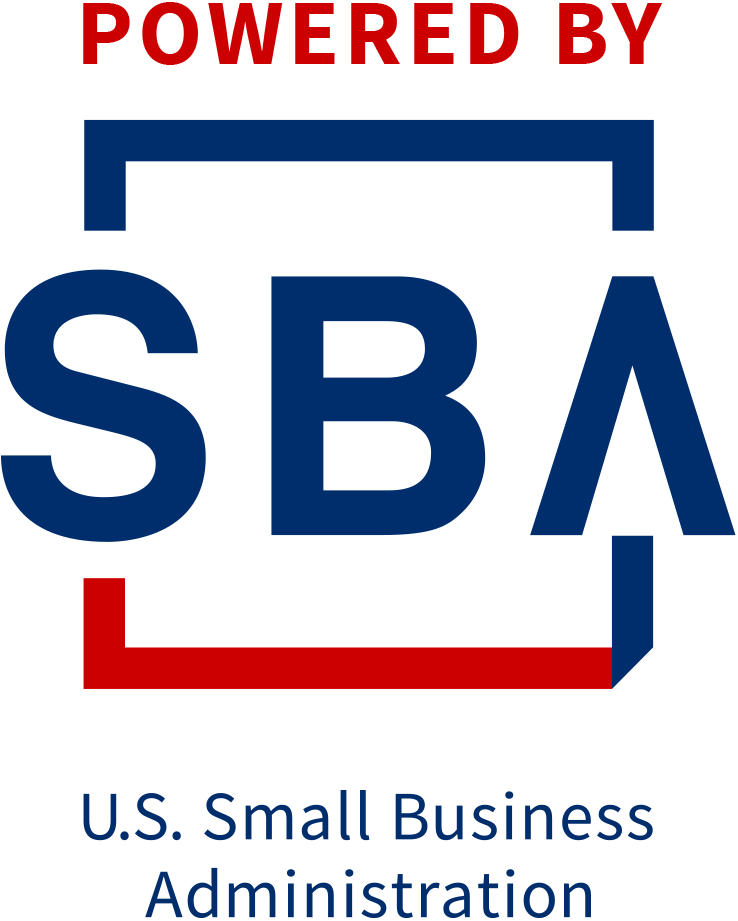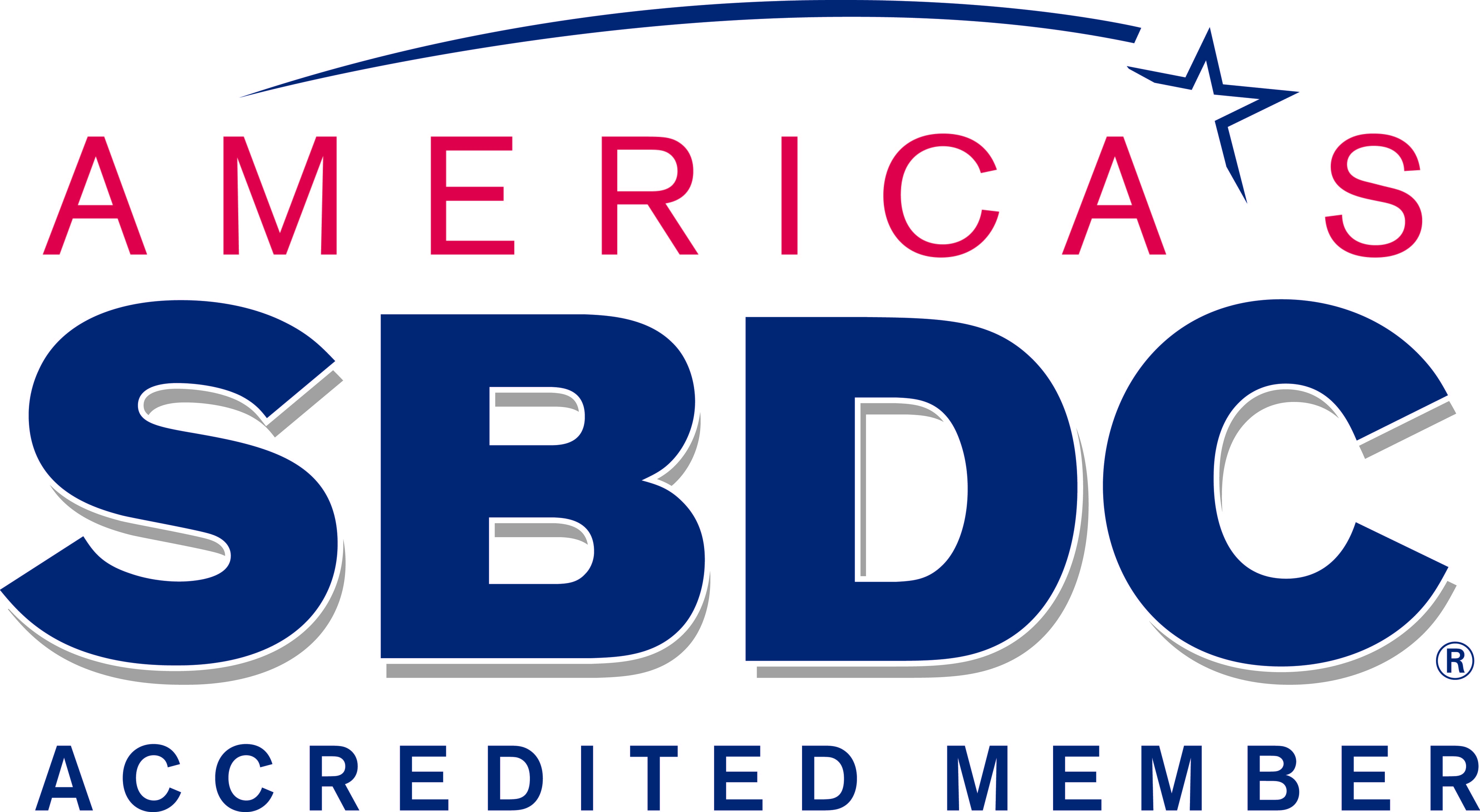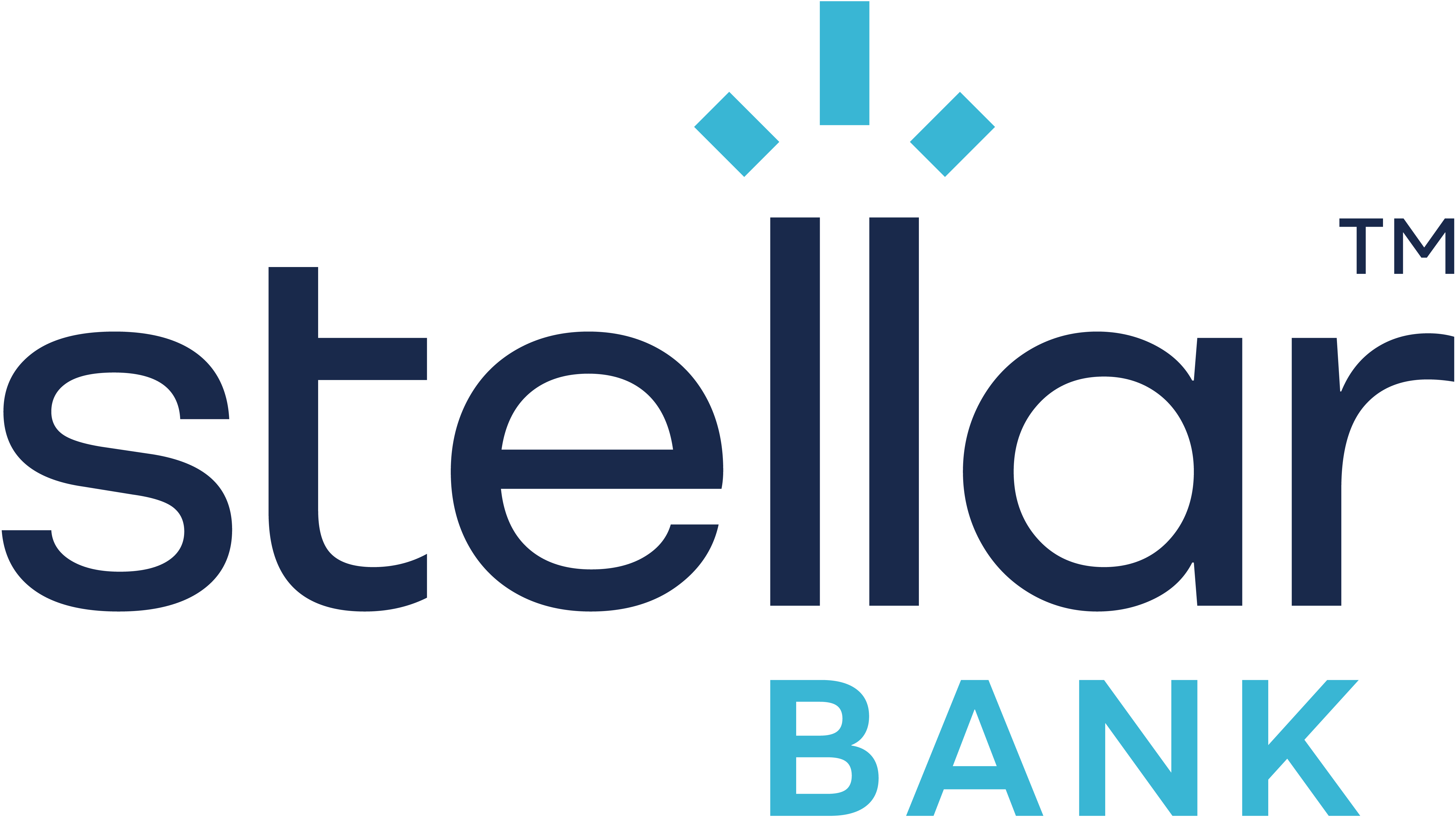Disaster Preparedness Resources For Small Businesses
Our disaster preparedness resources for small businesses offer essential tools and expert guidance to protect your business from emergencies and ensure continuity. These resources help you create effective disaster plans, train on crisis management, and support swift recovery. Equip your business with the knowledge and tools needed to minimize downtime, mitigate risks, and stay resilient through any crisis.
Create a Plan
Create your disaster preparedness plan now to safeguard your small business from unexpected emergencies and crises.
Stay Informed
Stay informed about natural disasters and storm activity to protect your business and ensure employee safety.
Continuity Planning
Register for the Continuity Planning webinar today to ensure your business stays operational during disasters.
Hurricane Checklist
Download our informative Hurricane Prep Checklist to protect your small business from potential storm damage and loss.
Recovery Checklist
Download our Business Assessment Checklist to evaluate and enhance your business' disaster preparedness and resilience.
Financial Planning
Register for the Financial Planning Disasters webinar to secure your business' financial stability in emergencies.
Recovery Resources
Develop a small business resiliency plan to quickly recover business operations during the aftermath of a disaster.
CDC Info
Stay updated with CDC guidelines to prevent workplace exposures and ensure your business' health and continuity.
Additional Resources
Access additional disaster resources to enhance your small business' preparedness and response capabilities.







